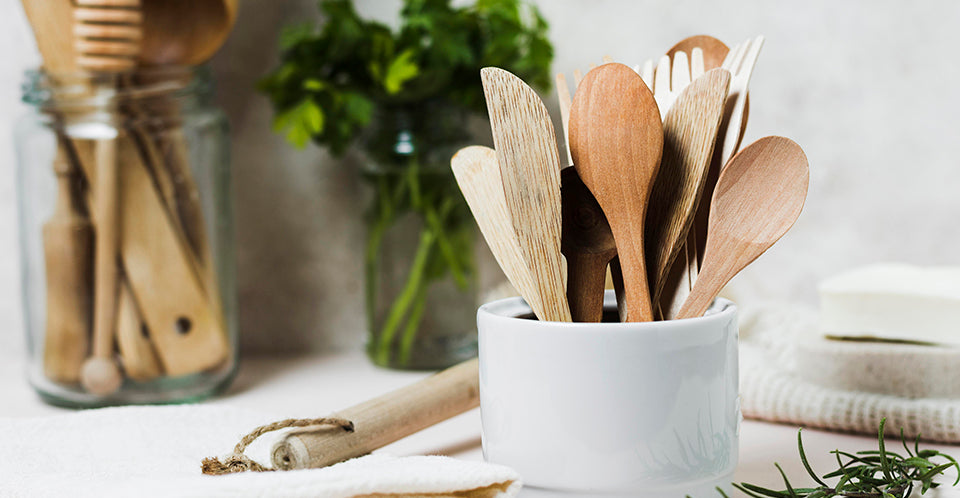In today's world, the pursuit of an eco-friendly lifestyle has become a noble endeavor, with individuals striving to make positive contributions to the environment right from their very homes. Transforming your living space into an eco-conscious haven not only benefits the planet but also promotes a healthier and sustainable way of life. Here's a comprehensive guide to help you green your home with essential eco-friendly elements.
1. Embrace Sustainable Energy Solutions
At the core of an eco-friendly home lies the conscious use of sustainable energy solutions. Consider installing solar panels to harness the power of the sun or opt for a wind turbine to generate clean electricity. These initiatives help reduce your carbon footprint and save on utility bills.
2. Choose Energy-Efficient Appliances
Replace old appliances with energy-efficient models that bear the ENERGY STAR label. Energy-efficient appliances consume less electricity, contributing to energy conservation and reducing greenhouse gas emissions.
3. Harness Natural Light
Maximize natural light in your home by strategically positioning windows and using light-colored walls to reflect light. Utilizing natural light not only reduces the need for artificial lighting but also creates a pleasant ambiance.
4. Opt for Eco-Friendly Flooring
When renovating your home, consider eco-friendly flooring options such as bamboo, cork, or reclaimed wood. These materials are sustainable and biodegradable, making them environmentally responsible choices.
5. Integrate Smart Home Technology
Implement smart home systems to control energy consumption. Smart thermostats and lighting systems can be programmed to optimize energy usage, saving both energy and money.
6. Reduce Water Waste
Install low-flow fixtures and faucets in your bathrooms and kitchens to reduce water waste. Additionally, consider rainwater harvesting systems to water your garden or plants.
7. Green Landscaping
Embrace green landscaping practices by incorporating native plants that require less water and maintenance. Native plants also support local biodiversity and attract beneficial wildlife.
8. Choose Non-Toxic Paints and Finishes
When painting your home, opt for non-toxic and low-VOC (volatile organic compounds) paints and finishes. These products improve indoor air quality and minimize harm to the environment.
9. Enhance Insulation
Invest in proper insulation to regulate indoor temperatures and reduce energy consumption for heating and cooling. Effective insulation keeps your home comfortable year-round.
10. Upcycling and Recycling Furniture
Instead of buying new furniture, consider upcycling or refurbishing old pieces. You can also explore second-hand stores or online marketplaces for sustainable and unique furniture choices.
11. Green Cleaning Solutions
Replace chemical-based cleaning products with eco-friendly alternatives. Use natural ingredients like vinegar, baking soda, and lemon to clean your home effectively.
12. Composting Kitchen Waste
Transform kitchen waste into nutrient-rich compost for your garden. Composting reduces landfill waste and enriches the soil for healthier plants.
13. Sustainable Window Treatments
Choose eco-friendly window treatments made from natural fibers like organic cotton or bamboo. These materials are biodegradable and promote sustainable sourcing.
14. Energy-Efficient Windows and Doors
Upgrade to energy-efficient windows and doors that improve insulation and minimize energy loss. Look for ENERGY STAR-certified products for optimal efficiency.
15. Water-Efficient Appliances
Replace old water-consuming appliances with water-efficient models, such as low-flow toilets and high-efficiency washing machines. This reduces water usage and promotes conservation.
Conclusion:
By integrating these eco-friendly essentials into your home, you take significant steps towards a greener and more sustainable lifestyle. Not only do you contribute positively to the environment, but you also create a healthier and harmonious living space for yourself and future generations.

